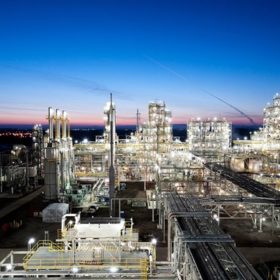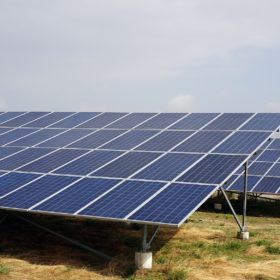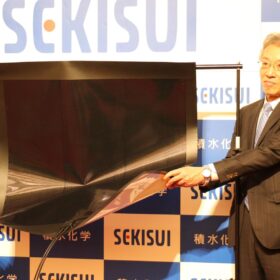Chinese PV Industry Brief: Maxeon, Tongwei reach patent dispute settlement
Maxeon Solar Technologies and Tongwei have settled a global patent dispute over shingled solar cell and module technologies, ending litigation initiated by Maxeon in Germany in 2023.
New research sheds light on impact of sodium-induced degradation in heterojunction solar cells
University of New South Wales researchers investigated the impact of sodium-induced degradation in heterojunction solar cells under accelerated damp-heat testing. They considered three different types of sodium salts and identified the degradation mechanisms attributed to each contaminant.
REC Silicon shuts down polysilicon operations at U.S. site
The reason given for the shutdown is the inability to “improve the level of some key impurities,” and would not be able to deliver a quality product in the time demanded by the company’s main customer.
IEA-PVPS shares guidance on technical KPIs for PV systems
The International Energy Agency’s (IEA) Photovoltaic Power Systems Programme (PVPS) highlights key performance indicators (KPIs) for PV systems in its latest report. It calls for clear KPI definitions and standardized data handling to enhance system efficiency and reliability.
Perovskite solar cell based on hole-selective interlayer achieves 26.39% efficiency
Researchers in China claim to have built a perovskite solar cell that can effictively reduce ion migration and offer superior stability. The device utilizes an ultrathin membrane made of a polymeric material known as PDTBT2T-FTBDT (D18), which reportedly offers conformal coverage on the surface of perovskite film due to its high fluidity.
Scientists develop thermal model for floating solar with 15.45% efficiency
Scientists have developed a multi-physics thermal model for panels with a natural convection cooling loop and tested it against experimental data. They have also experimented with varying the coolant channel thickness and different coolants. The highest measured electrical efficiency reached 15.45%.
New tech to reduce oxygen defects in Czochralski wafers
Research from the Chin-Yi University of Technology in Taiwan revealed a novel heater design in the Czochralski silicon crystal growth process that can control and decrease oxygen concentration without incurring the costs associated with other methods, such as installing magnets or using alternative crucible materials.
A tumultuous year for solar and batteries
In five key trends, pv magazine looks back over a year that saw PV module prices fall lower than many thought possible, while demand was restrained by grid congestion, among other challenges. Energy storage has had a strong year and geopolitics is seeing solar and battery manufacturing enter new regions as competition drives technical innovation.
Sekisui Chemical invests in 100 MW perovskite solar production line
Japanese plastics manufacturer Sekisui Chemical is investing in a 100 MW production line to make lightweight perovskite solar panels for low load-bearing rooftops, with an operational start in 2027. It will also acquire a production facility from Japanese electronics manufacturer Sharp.
Prospects for reusing silicon from end-of-life solar modules in new ingot production
Scientists in the Netherlands proposed a new testing scheme for recycling silicon from end-of-life photovoltaic panels. Their methodology helped create different wafer categories for recycling silicon for new ingot production but also showed that most of recycled silicon in the near future will come from p-type products, which will harldy be reutilized in a market now dominated by n-type modules.









